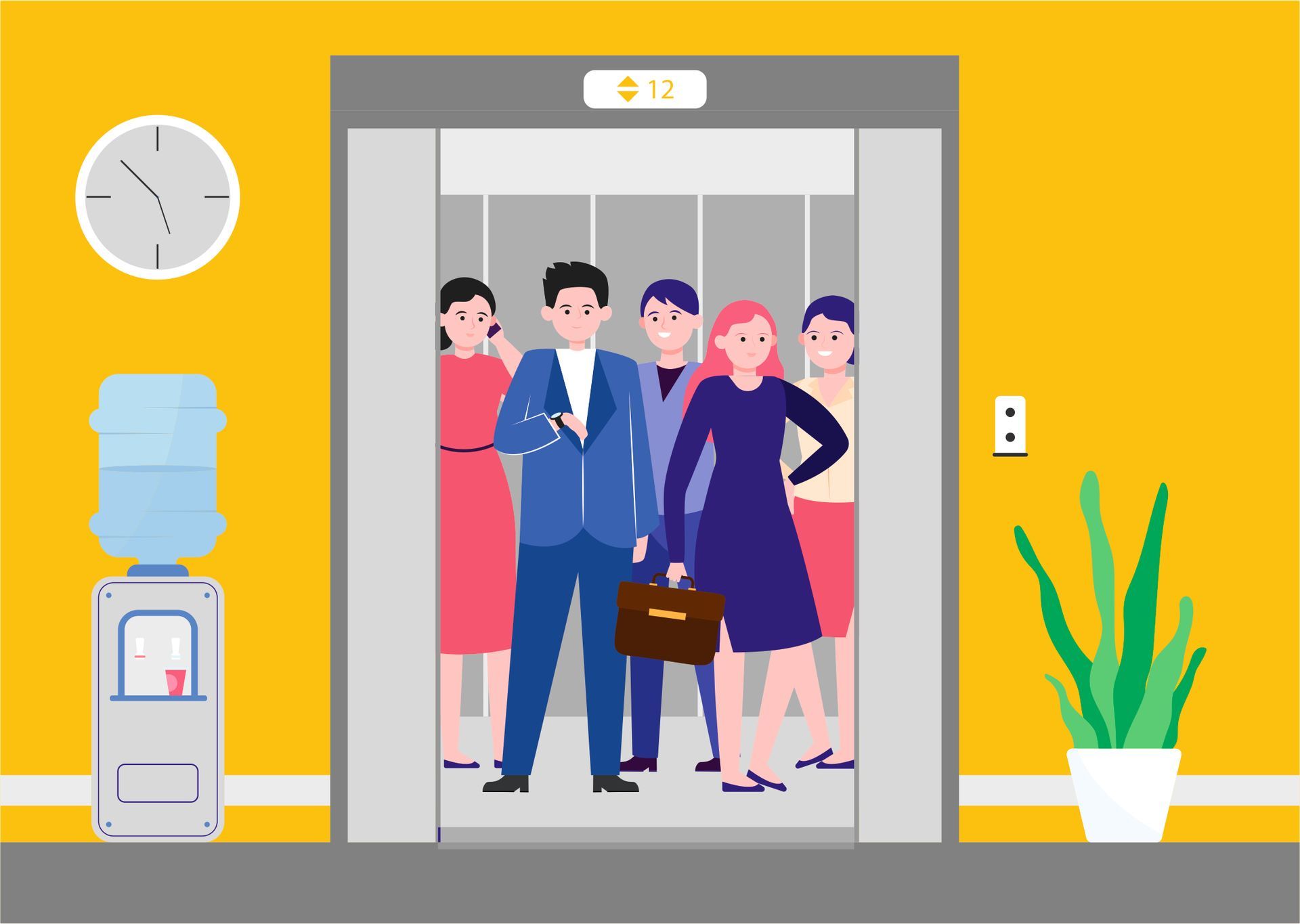Post-Pandemic Challenges and Solutions for Employee Transportation
The global economy is starting to recover from the devastating effects of the COVID-19 pandemic. Businesses are preparing to redeploy staff to real workplaces.
However, everyday commute in this post-pandemic era will not be as simple as where we left off. Companies and employees have prioritized safety, as COVID-19 has gotten more potent and infectious with its spread. From a safety standpoint, public transit might not be a viable choice for the everyday commute. The risks of getting exposed to COVID are higher if the employees wait for a long period at the bus stops and travel in the buses for lengthy periods of time in a confined setting.
Employee Transportation Issues: Before and After a Pandemic
Companies are considering offering transportation services to their employees to reduce risks. However, the former problem – travel time – is not well addressed owing to reliance on inefficient human routing and scheduling processes. Apart from tedious and repetitive administrative work, transportation teams regularly face support problems such as vehicle breakdowns and ETA-related issues (such as delays, erroneous pick-up/drop-off timings, employee no-shows, no communication with the driver, and so on). Also providing a safe and secure commute for employees, particularly female workers.
Achieving all of these manually will be extremely difficult, if not impossible.
Daily commutes have always been an important element of an organization’s connection with its employees. Several studies have found that long commutes to and from work reduces job and leisure time satisfaction, increases strain, and worsens the mental health of employees. It is also expensive for employees; according to a study by the Times of India , the cost of traveling has almost doubled over the past five years. An employee spends an average of 5% of their annual net take-home income on their annual commute.
Smart Employee Transportation Solutions : Leveraging Technology to Combat Dynamic Challenges
A.I-based fleet management systems that automate, digitize, and simplify employee transportation operations may readily overcome these obstacles. These solutions, which use technology like AI, machine learning, data analytics, geofencing, and GPS, may not only make life simpler for transportation administrators, but also dramatically enhance the employee transportation experience by making it safer, faster, and more convenient.
Here’s how NeoTrack can help you improve employee transportation operations:
- Real-time location data for better Route planning, Vehicle monitoring, On-road mobility, and Cost savings
- Geofencing, Apps for employees, and In-vehicle cameras can all help to improve employee safety
- Digitized rosters to minimize human efforts
- Decreases administrative burdens, paper trails, and manual processes

Better employee transportation experiences are no longer a luxury for corporates, NeoTrack ensures that the employees’ commute to work is safe, fast, and smooth.
Reach us now: sales@neotrackweb.com (or) +91 84286 22222
The post Post-Pandemic Challenges and Solutions for Employee Transportation first appeared on NeoTrack.
The post Post-Pandemic Challenges and Solutions for Employee Transportation appeared first on NeoTrack.


